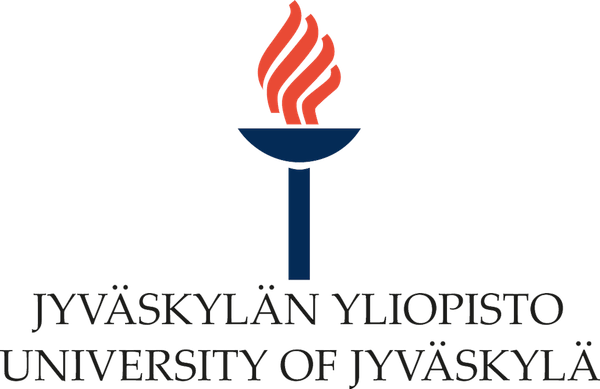I am moving house soon. Me and my spouse have decided to move to another town when it became obvious that we both can work remotely. Even if we don’t know the actual date yet, or haven’t started packing, the very idea of moving has made us think about the material items we possess in a new light. There are my things, his things, our things, and our children’s things. These things have gradually accumulated during the last 17 years and found their “own places” in our home, and, thus, become invisible. Now they are reappearing again and for us this means that we must rethink every object one-by-one: Do we really need it? Why would we take it along? What is really important? What to do with unwanted items? What is rubbish? Could someone else use things we don’t want anymore? Should we save some items just in case they might be important for our children in the future? How do we know which will be such items?
I had a rosy dream that that we could survive this process of moving without stress, just by going through our “stuff” slowly. I also thought that we do not have so many things, just the ones we really need. I was so wrong. Going through the first drawer in our bedroom showed us that all this will take time and energy: we found old photographs and pictures drawn by our children when they were younger, I found my grandfather’s pen, an old jar full of coins and bills my father had collected. Every item, however mundane, also seemed to have a story that needed to be told. It also became obvious that my husband and I don’t always agree what is worth keeping and what is not. In addition, I also found myself moving things from one drawer to another, which just postpones the decision that must be made.
Veera Kinnunen, who in her doctoral thesis has studied the process of moving to a new house, sees it as a rupture in the sense of accommodation offering a vantage point from which to study the everyday ethics of living with things. In this process one is forced to go through all one’s belongings, sorting them out and carrying them to the new home. When there are several family members involved in this process, it also means constant negotiation. Sorting out also means giving up some items, even such items one considers important. For me, one such object is an old trunk where my grandmother had her belongings when she was evacuated from Karelian Isthmus after the WWII. The trunk is in poor shape and it may well be, that it continues its life in digital form. It is going to be a hard decision.
Even though moving connects me to the themes of the project SENSOMEMO at a very personal level, the assemblages of people, objects and affects seems very complex, a world full of stories just waiting for researchers to discover them. On the theoretical level, I am inspired by the idea of co-becoming with materiality, and the ways material objects are active participants in the world’s becoming (Barad 2003). Identity, materiality and affectivity seem to be tightly knitted together, and using affective and sensory ethnographic approaches may reveal many exciting issues about these entanglements. This all makes me very enchanted about the themes of our research project.
Literature:
Barad, Karen (2003) Posthumanist Performativity: Toward an Understanding of How Matter Comes to Matter. Signs 28(3), 801–831. https://doi-org.ezproxy.uef.fi:2443/10.1086/345321.
Kinnunen, Veera (2017) Tavarat tiellä. Sosiologinen tutkimus esinesuhteista muutossa. Lapin yliopisto, Rovaniemi.



